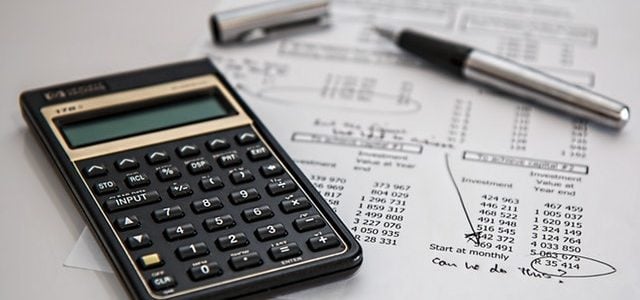A leverage ratio indicates the level of debt incurred by a business entity against other accounts in its balance sheet, income statement, or cash flow statement. This ratio helps provide an indication on how the company’s assets and operations are financed. We will dive in this concept in detail and look at the different leverage ratio formulas available.
What is a Leverage Ratio?
Leverage ratios help lenders, investors, and shareholders assess if the company is able to meet its financial commitments and pay back debt. The lower your leverage ratio is, the easier it will be for you to secure a loan. The higher your ratio, the higher financial risk and you are less likely to receive favorable terms or be overall denied from loans.
6 Financial Leverage Ratio Formulas
There are six types of ratios and we will discuss what they are below.
Debt Ratio
The debt ratio of your company shows how much of your assets is financed. The formula is total debt divided by total assets. A debt ratio of 0.5 or less is good anything greater than 1 means your company has more liabilities than assets which puts your company in a high financial risk category and can challenging for you to acquire financing.
Debt-to-Equity Ratio
The debt-to-equity ratio compares the equity to debt of your company. It is calculated as total debit divided by total equity. This ratio helps a lender determine if the company is financing operations with debt or equity. A high ratio indicates that the business owners may not be providing enough equity to fund a business, so a ratio above 2 is considered risky.
Debt-to-Capital Ratio
Debt-to-capital ratios are calculated by dividing the total debt of a company by the total capital of a company. It is used by investors to determine the risk of investing in the company.
To calculate a company’s total capital, you add all of the company debt plus the total amount of shareholder’s equity. If the ratio you get after calculating your debt-to-capital ratio is more than 1, this means your company’s debt exceeds its capital.
Debt-to-EBITDA Ratio
EBITA stands for earnings before interest, taxes, depreciation, and amortization. This is helpful for companies to get a clearer picture of what their cash flow looks like and see their overall financial health. If you get a low ratio, it means your company has a debt load that is manageable.
Depending on the industry you are in, debt-to-EBITA ratios that are acceptable will vary. For example, a ratio of an 8 could be okay for one company, but too high for another.
Asset-to-Equity Ratio
The asset-to-equity ratio is a measure of the total assets that are funded by shareholders. When the ratio is low, it means your company has conservative financing with low debt. When the ratio is high, it means your debt is high and you are unlikely to receive additional funding.
Operating Leverage Ratio
The operating leverage ratio gives an insight to the company’s fixed and variable costs. It indicates how a business uses fixed costs to turn into a profit. A high operating leverage ratio indicates a high percentage of fixed costs and low variable costs.
The Bottom Line
There are several different kinds of leverage ratios that can help determine if a company is able to pay back debt with efficiency. It is also helpful for determining the company’s financial health and solvency. Typically, leverage ratios are used by investors and financial institutions to determine if they should extend credit to your company.











